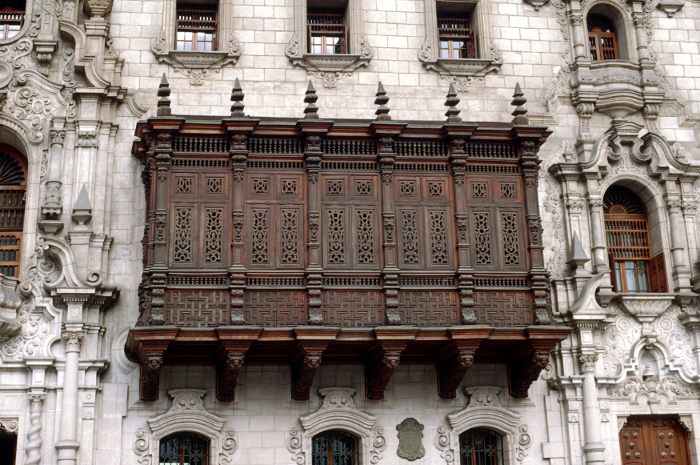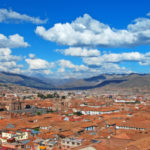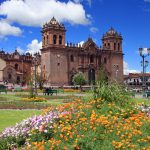Moving smoothly along with our list of UNESCO’s 11 World Heritage cities in Peru, here are the next three on the list. All are cultural sites of architectural and cultural heritage and all are still inhabited cities.
Peru’s cities of Cultural Heritage
The Historic Center of Lima, Peru

The city of Lima was the epicenter of the Spanish conquest in Latin America until the mid 18th century, and has an incredible history that runs through the city’s very streets. Lima presents a unique amalgamation of beautifully old Hispanic-American Baroque architecture with the new urban development of the city. UNESCO inscribed the historic center of Lima onto the Cultural World Heritage List in 1988, with the 17th century San Francisco complex of convent buildings and churches at the focus of their considerations. Lima boasts many spectacular monuments, historic buildings and churches; this combined with its modern make-up of fine dining and a busy nightlife make the city truly special.
The Historical Center of Arequipa, Peru

UNESCO awarded the city of Arequipa recognition onto the cultural World Heritage List in 2000 for its creative blend of European and native characteristics and its Andean setting. UNESCO claim that ‘the historic center of Arequipa is an outstanding example of a colonial settlement, challenged by the natural conditions, the indigenous influences, the process of conquest and evangelization, as well as the spectacular nature of its setting.’ This is evident in the five periods of development during which the city was rebuilt after major earthquakes; these include Baroque, Rococo and neo-classicism, modern empiricism and contemporary design. From the 16th century, pink, volcanic stone sillar was favored for most constructions, creating iconic buildings unique to Arequipa. Few other cities can claim to have architecture from the past five centuries still standing together as Arequipa.
The City of Cusco, Peru

Cusco is the oldest continuously inhabited city of the Americas, and boasts an interesting architecture of both its Inca and Spanish colonial history. Cusco is nestled within the Andes Mountains and is found at the tail-end of the incredible Sacred Valley culminating at the Inca citadel, Machu Picchu. The area has many Inca ruins of ceremonial and monumental sites, and still today maintains a mythical Inca legacy that remains highly important to Peru’s people. Due to this and the Baroque monasteries, churches and the many other buildings left behind by the Spanish, UNESCO awarded Cusco a Cultural World Heritage Site in 1983, and aims to protect the city from threats of urbanization. Cusco is an important place for Peruvian history and quite uniquely shows the amalgamation of the country’s Inca and colonial history.
Encounter Latin America offers a range of tours to Lima, Arequipa and Cusco. Visit these incredible cities that display both the Inca and colonial history of Peru with CAT Travel.





